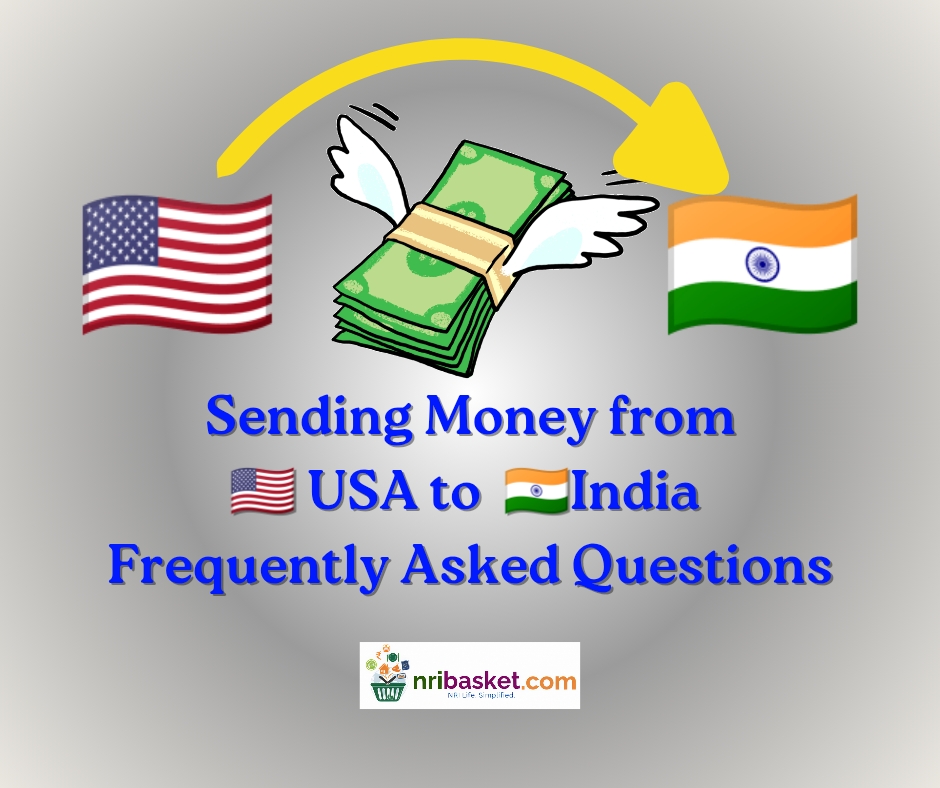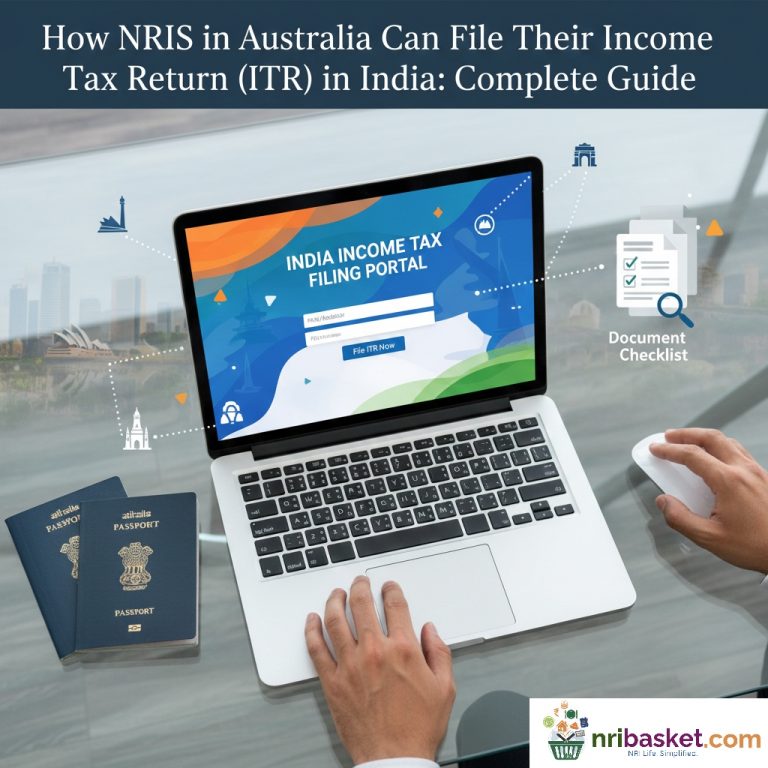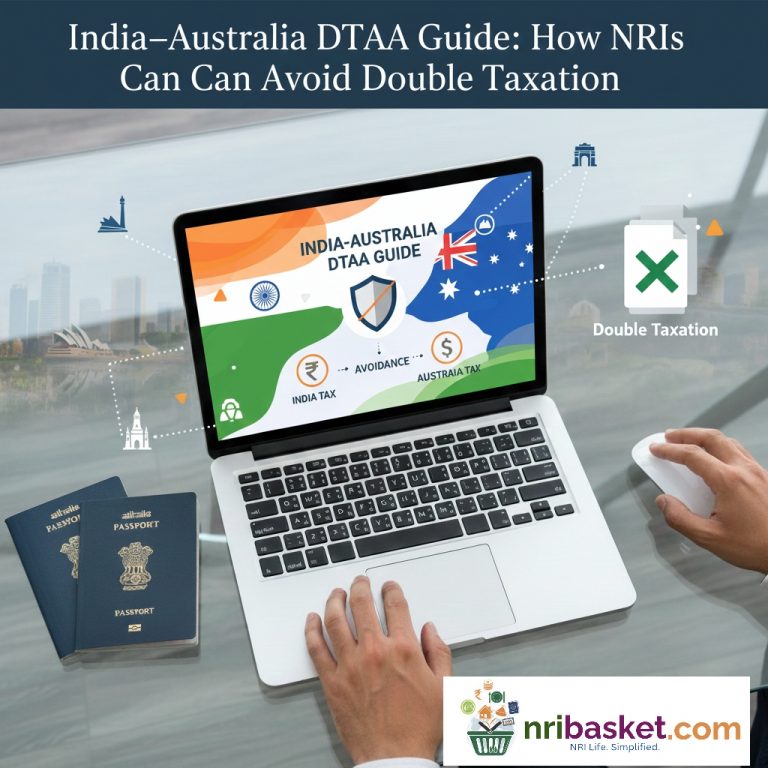
sending money to india from USA fast cheap and legal ways
Best Ways for NRIs to Send Money USA to India 2025 Guide
Sending Money from USA to India – Frequently Asked Questions
Complete Guide for NRIs on Remittance, Bank Transfers, and Tax Rules and Complete FAQ guide for NRIs on sending money from USA to India. Compare banks vs apps,NRE/NRO accounts, limits, taxes, safety, and transfer speed.
Long Answer: NRIs commonly use bank wire transfers, online remittance apps, or money transfer companies like Wise, Remitly, Western Union, and ICICI Money2India. The choice depends on fees, exchange rates, and speed.
Long Answer: Transfer time depends on the service used. Instant transfers are available with some apps, while bank wires may take 2–5 business days. Always check the estimated delivery before sending.
Long Answer: The Reserve Bank of India (RBI) does not restrict inward remittances for personal use, but US regulations may require additional compliance if the amount is very large (e.g., above $10,000 at once).
Long Answer: NRIs do not pay tax on remittance itself. However, if the money is treated as income or exceeds gift limits (₹50,000), the recipient in India may be subject to income tax unless exempted (e.g., parental support).
Long Answer: Banks are safer for large transfers, but their exchange rates are weaker and fees higher. Online apps like Wise and Remitly usually offer better rates and speed for smaller, frequent transfers.
Long Answer: NRIs can transfer funds into their NRE (Non-Resident External) or NRO (Non-Resident Ordinary) accounts. NRE is fully repatriable, while NRO is meant for Indian income and may have repatriation limits.
Long Answer: Funds in an NRE account are fully repatriable and tax-free in India. NRO accounts are used to manage income from India (rent, dividends) and are subject to Indian taxes.
Long Answer: Different providers add a margin to the exchange rate. Apps usually offer mid-market rates with small fees, while banks add higher markups. Comparing before sending can save significant money.
Long Answer: Most transfers only need your US ID and Indian account number (with IFSC code). Transfers above certain thresholds may require proof of source of funds (salary slip, bank statement).
Long Answer: NRIs can freely transfer money to parents, spouse, or children’s accounts in India. Such transfers are considered gifts or family support and are not taxable for the sender.
Long Answer: India does not limit inward remittances, but US financial institutions must report large transfers (usually above $10,000). Regular smaller transfers have no issue.
Long Answer: Always use RBI-approved and US-regulated transfer services. Avoid unverified agents. Well-known apps and banks use encryption, fraud protection, and tracking for safety.
Long Answer: Remittance apps and banks usually provide tracking numbers or in-app notifications. Some also send SMS/email updates when the funds are credited to the Indian account.
Long Answer: Sending money to India is not taxable in the US. However, if you transfer over $10,000 at once or hold foreign accounts above certain limits, you may need to declare it under FBAR/FATCA.
Long Answer: Services like Wise or Remitly usually offer the lowest fees for smaller amounts. They also deliver within minutes to hours, unlike banks that may take days.
Long Answer: In rare cases, transfers may be delayed due to compliance checks. If the transaction fails, the provider refunds the money to your US account. Always use trusted services with customer support.
Long Answer: Some providers allow transfers via credit card, but high fees and cash-advance charges apply. Bank transfers or debit cards are much cheaper and recommended.
Long Answer: Digital wallets and app-based transfers often deliver instantly or within a few hours. Traditional bank wires may take 2–5 business days depending on clearing times.
Long Answer: Many remittance apps and banks allow scheduled or recurring transfers for rent, EMI, or family support. This ensures money is delivered automatically on set dates.
Long Answer: For high-value transfers, bank-to-bank wire transfers are safest, though slower. They include compliance checks and official records, reducing the risk of fraud or misplacement.
Above post answers most questions on NRI money transfer USA to India,Best way to send money to India from USA,NRE vs NRO account transfer,How to send money to India online,USA to India remittance guide,Send money to parents in India USA
Bank transfer vs money transfer apps India,USA to India wire transfer time,Cheapest way to send money to India,NRI remittance tax rules India,Transfer money USA to NRE account,Transfer money USA to NRO account,Large money transfer USA to India,Fastest money transfer USA to India and NRI remittance FAQ.
Have a question or want us to add your scenario?
Tell us what you need — we’ll update this guide and answer publicly so other NRIs can benefit. Your question may be featured in the next update.




